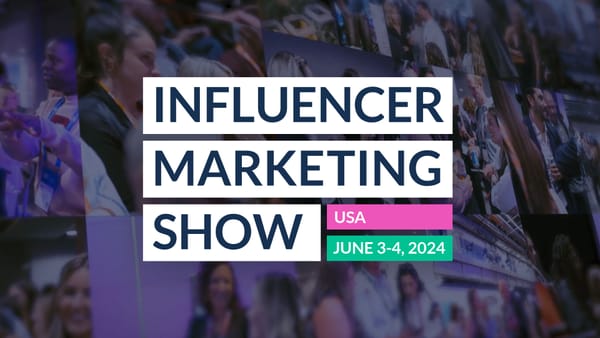These questions are particularly pertinent as more marketers and influencers are realising that longer-term relationships are far more impactful than shorter-term, transaction-based partnerships. Instead of brands being forced to continuously identify new influencers that fit the current briefs, there is enormous value in evolving with their true partners from the start. Revolve is a brand that has pushed the envelope with this approach. Global influencer Aimee Song and the fashion brand recently collaborated on a unique permanent collection that is completely representative of who Aimee Song is as an individual. Aimee was one of Revolve’s first bloggers in 2012 and the brand was committed to investing in the next phase of her career: fashion design. As this is Revolve’s first ever permanent collection with an influencer, it is clear that the partnership stemmed from an authentic relationship and a deep understanding of each of their core values.With true partnerships, there is ongoing trust and support for the influencer and also an authentic brand affinity on their end, which only strengthens over time. Here are a few strategies that brands and influencers can take to successfully withstand the test of time:
The Aging Influencer: How Brands and Talent Can Leverage Evolution for Stronger Partnerships

With the immense growth of influencer marketing in the last few years, brands are beginning to wonder: what happens when influencers age? Do they outgrow campaigns? After all, influencers are people too, and they evolve like the rest of us.
These questions are particularly pertinent as more marketers and influencers are realising that longer-term relationships are far more impactful than shorter-term, transaction-based partnerships. Instead of brands being forced to continuously identify new influencers that fit the current briefs, there is enormous value in evolving with their true partners from the start. Revolve is a brand that has pushed the envelope with this approach. Global influencer Aimee Song and the fashion brand recently collaborated on a unique permanent collection that is completely representative of who Aimee Song is as an individual. Aimee was one of Revolve’s first bloggers in 2012 and the brand was committed to investing in the next phase of her career: fashion design. As this is Revolve’s first ever permanent collection with an influencer, it is clear that the partnership stemmed from an authentic relationship and a deep understanding of each of their core values.With true partnerships, there is ongoing trust and support for the influencer and also an authentic brand affinity on their end, which only strengthens over time. Here are a few strategies that brands and influencers can take to successfully withstand the test of time:
These questions are particularly pertinent as more marketers and influencers are realising that longer-term relationships are far more impactful than shorter-term, transaction-based partnerships. Instead of brands being forced to continuously identify new influencers that fit the current briefs, there is enormous value in evolving with their true partners from the start. Revolve is a brand that has pushed the envelope with this approach. Global influencer Aimee Song and the fashion brand recently collaborated on a unique permanent collection that is completely representative of who Aimee Song is as an individual. Aimee was one of Revolve’s first bloggers in 2012 and the brand was committed to investing in the next phase of her career: fashion design. As this is Revolve’s first ever permanent collection with an influencer, it is clear that the partnership stemmed from an authentic relationship and a deep understanding of each of their core values.With true partnerships, there is ongoing trust and support for the influencer and also an authentic brand affinity on their end, which only strengthens over time. Here are a few strategies that brands and influencers can take to successfully withstand the test of time:








